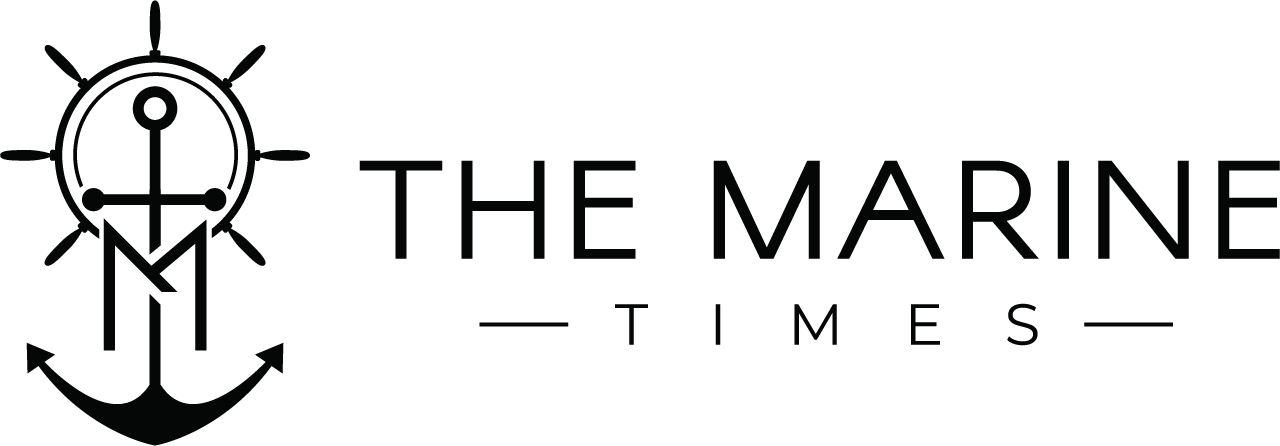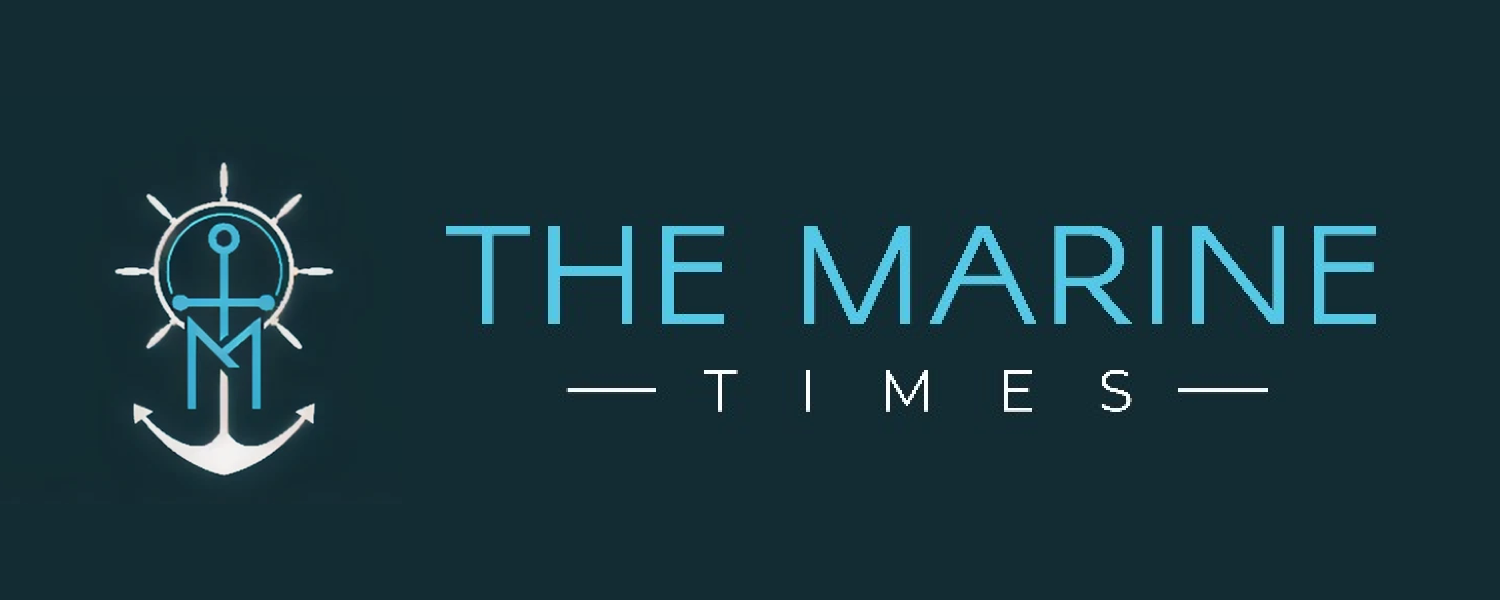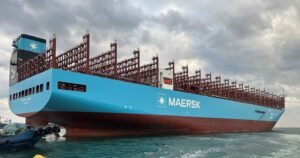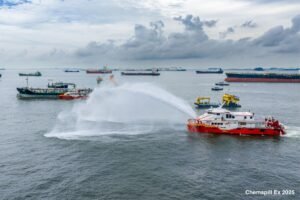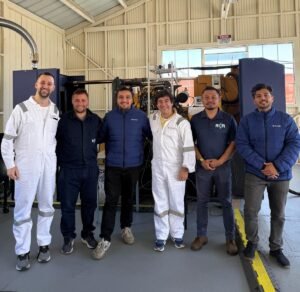Global project announcements for low-emissions hydrogen could deliver 37 million tonnes per annum (Mtpa) by 2030, but only 11% of this capacity has reached a final investment decision (FID) or is operational, according to the IEA’s upcoming Global Hydrogen Review.
Progress is being held back by high costs and a lack of long-term offtake contracts.
In Europe, renewable ammonia costs 85-100% more than a fossil-based supply, but downstream the impact is minimal- for example, less than 0.1% on the cost of a cup of coffee made with fertiliser derived from renewable ammonia.
Distributing this premium across value chains remains a challenge.
Some countries are bridging the gap with policy support. Sweden has paired long-term net zero targets with low power costs and grants. Stegra (formerly H2 Green Steel) is building a 700 MW electrolyser plant due in 2026, with over 60% of its output pre-sold under offtake deals—some at a 20% premium. SSAB is developing a 500 MW project for 2027, backed by SEK 3.1 billion (USD 310 million) in state funding.
Germany is deploying its H2Global mechanism and carbon contracts for difference to reduce risk for both producers and consumers. South Korea is driving power-sector demand through auctions, with KEPCO covering cost premia over 15 years.
The IEA stressed that stronger demand-side policies are essential to align production targets with market growth.
